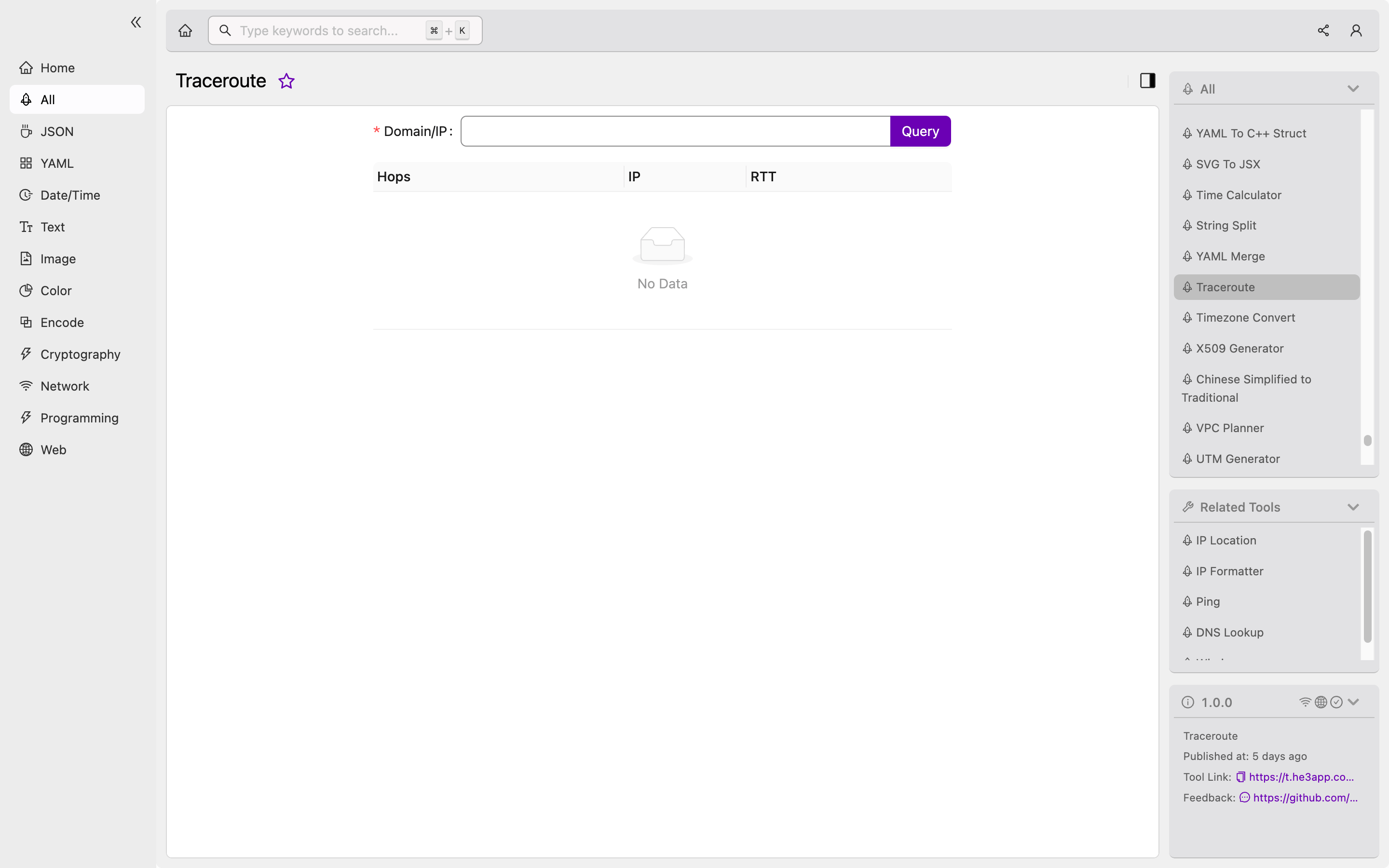Tracing the Route: Exploring Traceroute for Developers
Traceroute is a networking utility tool that allows developers to track the path of data packets as they traverse from the source computer to the destination server. This article explores the concept and how traceroute works, scenarios of use, misconceptions, and FAQs surrounding the tool.
What is Traceroute and How Does it Work?
Traceroute is a command-line utility tool that probes the network by sending packets to a target server and recording the response times at each hop in the route, including the IP address of each hop. When the packets reach the target server, they are returned to the source computer, and the response times are recorded.
Traceroute works by sending packets with increasing Time-to-Live (TTL) values. TTL is a field in the packet header that indicates how many hops a packet can traverse before it is discarded. When a packet reaches a hop and the TTL value becomes zero, the hop discards the packet and sends an error message back to the source computer indicating that the packet has timed out. Traceroute uses this error message to record the IP address of the hop.
How to Use Traceroute
Traceroute is typically used from a command line, and it is available on most operating systems, including Windows, Linux, and macOS. The command syntax varies slightly between operating systems, but the basic structure is the same. Here is an example of a traceroute command in macOS:
traceroute google.comOr you can use Traceroute tool in He3 Toolbox (https://t.he3app.com?0krf ) easily.

Scenarios for Developers
Traceroute is commonly used by developers for troubleshooting network issues, such as packet loss, latency, and routing problems. It can also be used to analyze network performance, identify network bottlenecks, and optimize network configurations. For instance, developers can use Traceroute to determine the cause of a slow network connection, detect network congestion, or identify the fastest route to a destination server.
Key Features of Traceroute
Traceroute offers several key features that are useful for developers, including:
- Identifying the path of network traffic
- Detecting network congestion and routing problems
- Networking troubleshooting and performance analysis
- Determining the best route to a destination server
Misconceptions and FAQs
Traceroute is often misunderstood, leading to misconceptions and confusion. Here are some common misconceptions and frequently asked questions about Traceroute:
Can traceroute be used to detect network security threats?
Traceroute is not designed to detect network security threats, such as malware or intrusion attempts. However, it can be used to identify suspicious network activity, such as packet drops or unusual response times, which may indicate a security issue.
Can traceroute be blocked by firewalls or other security measures?
Traceroute can be blocked by firewalls, especially those with stricter security policies that filter out ICMP packets or limit the number of hops allowed in a packet. In such cases, traceroute may not be able to complete the route trace.
Conclusion
Traceroute is a useful tool for developers to trace the path of network traffic, identify routing and performance issues, and optimize network configurations. It is available on most operating systems and can be used from the command line. Although there are several misconceptions about Traceroute, it remains a valuable tool in the developer’s toolkit.
References:
